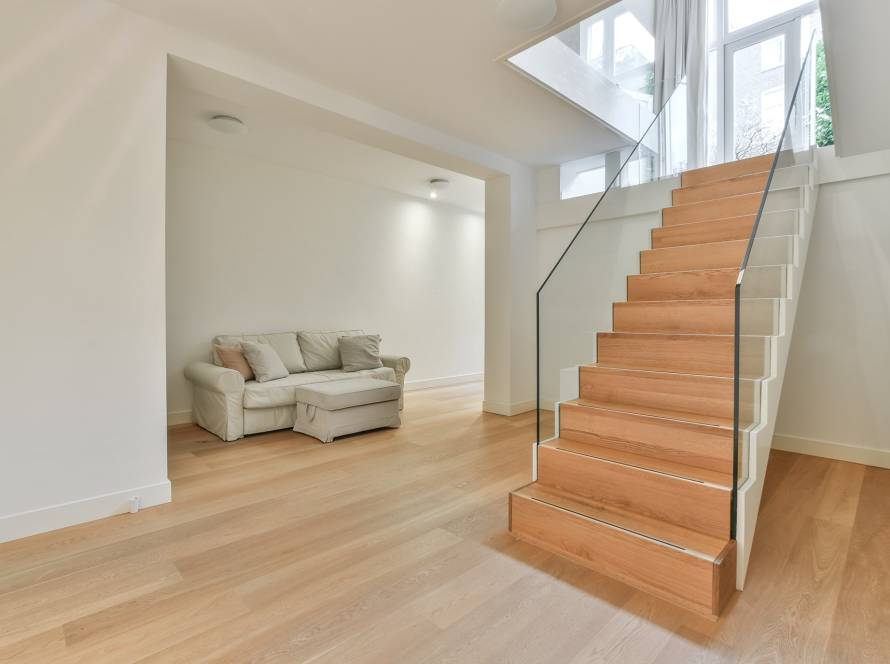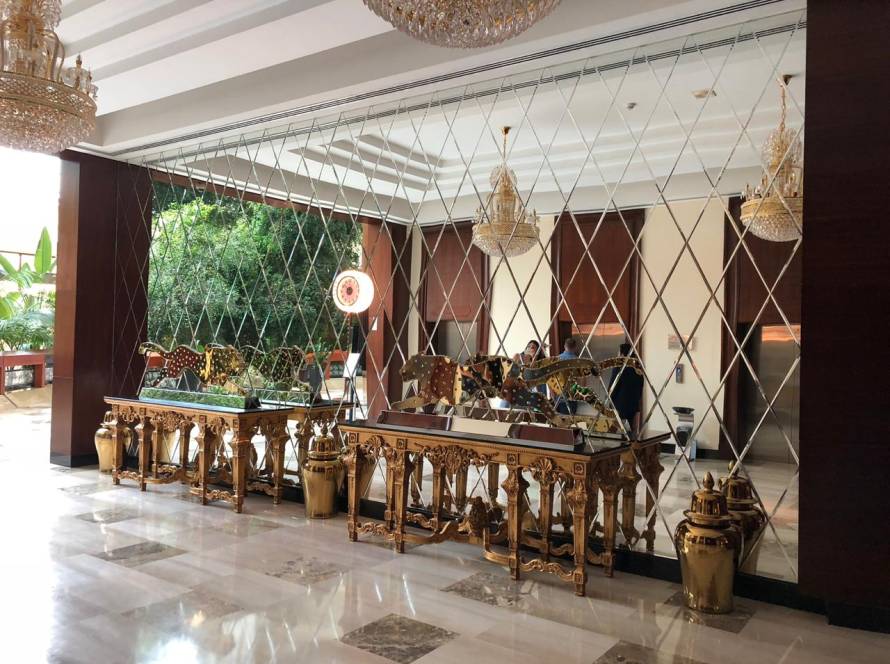As technology continues to advance at an unprecedented pace, smart glass is emerging as a transformative solution in the architecture and design sectors. This innovative material not only enhances aesthetics but also offers practical benefits that can significantly improve the functionality of various spaces. Let’s explore the future of smart glass and its potential to revolutionize the way we interact with our environments.
1. What is Smart Glass?
Smart glass, also known as switchable glass or dynamic glass, is designed to change its properties based on external stimuli. This can include adjusting transparency, tint, and even energy efficiency in response to light, temperature, or electrical signals. The two most common types of smart glass technologies are:
- Electrochromic Glass: Changes color when an electric current is applied, allowing for adjustable tinting.
- Liquid Crystal Displays (LCDs): Transforms from transparent to opaque at the flick of a switch, providing privacy on demand.
2. Energy Efficiency and Sustainability
One of the most significant advantages of smart glass is its potential for energy efficiency. By controlling the amount of sunlight that enters a space, smart glass can reduce reliance on heating and cooling systems, leading to lower energy consumption and reduced utility bills. As building regulations continue to emphasize sustainability, integrating smart glass into architectural designs will be crucial in meeting energy-efficient standards.
3. Enhanced Comfort and Usability
Smart glass not only enhances energy efficiency but also improves the comfort of occupants. By reducing glare and optimizing natural light, smart glass creates more pleasant living and working environments. Additionally, it allows for flexible space usage; areas that require privacy can be transformed instantly, making smart glass ideal for conference rooms, hospitals, and residential spaces.
4. Innovative Applications in Architecture
The versatility of smart glass opens up a myriad of innovative applications. Architects and designers are increasingly incorporating smart glass into facades, skylights, and interior partitions. For instance, large glass walls can adjust their opacity to minimize solar heat gain, while smart skylights can control natural light levels, enhancing the overall ambiance of a space.
5. Integration with Smart Home Technology
As the smart home trend continues to grow, smart glass is becoming an integral component of connected living environments. Homeowners can control the tint and transparency of their windows via smartphones or voice-activated devices, enhancing convenience and energy management. This seamless integration of smart glass into home automation systems will define the future of residential design.
6. Challenges and Considerations
While the future of smart glass is promising, there are challenges to consider. Initial costs can be higher than traditional glass, which may deter some homeowners and businesses. However, as technology advances and production methods improve, these costs are expected to decrease, making smart glass more accessible.
Conclusion
The future of smart glass is bright, with its potential to transform spaces through technology. From enhancing energy efficiency to providing flexible design options, smart glass is set to become a staple in modern architecture. As this innovative material continues to evolve, it will undoubtedly reshape our interactions with the environments we inhabit, leading to smarter, more sustainable living and working spaces.


